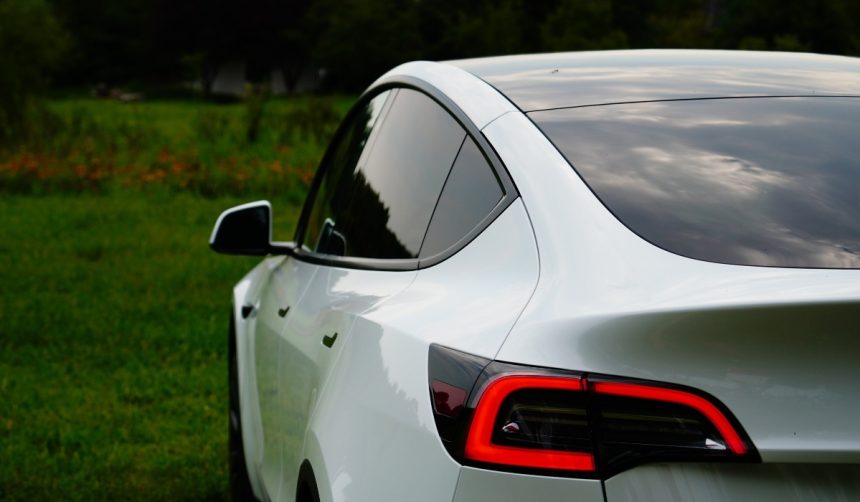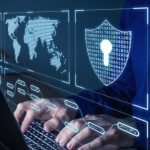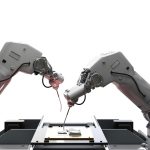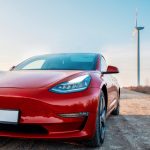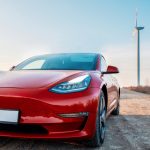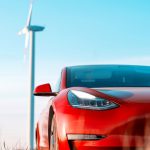Tesla‘s announcement about the Cybercab—their upcoming autonomy-focused vehicle—has ended debates about whether traditional driving controls will appear in production models. Elon Musk, the CEO, stated publicly that the all-electric ride-hailing car, slated for mass production in the second quarter of 2026, will not feature a steering wheel or pedals. This move signals Tesla’s bold commitment to full self-driving, positioning Cybercab as a showcase for the brand’s autonomous ambitions. Observers note that this strategy takes a firm stance in the growing shift toward autonomous urban transportation, even as current prototypes remain equipped with manual controls for testing purposes.
Tesla’s previous vehicle launches with advanced driver-assistance systems kept manual controls in place, giving users more flexibility and a safety net. Now, the decision to omit any possibility for manual input sets Cybercab in contrast to earlier models such as the Model S and Model X. In past coverage, industry analysts expressed skepticism about removing steering wheels before regulatory bodies gave clear endorsement for fully autonomous operation. The new approach, publicly clarified by Musk, elevates the discussion about when, if ever, consumers and regulators will embrace such a hands-off experience.
Why Does Tesla Exclude Manual Controls from Cybercab?
Elon Musk’s recent remarks directly addressed speculation about Cybercab’s interior, asserting that customers will not find “anything that would remotely resemble any possibility of any sort of manual operation.” He downplayed consumer interest in driving, drawing a parallel to professional ride-hailing services, and suggested that automated transport aligns more closely with everyday urban mobility requirements. The company continues road testing with conventional controls, citing safety and compliance with current regulations.
What Are the Reactions Inside and Outside Tesla?
The decision has prompted mixed reactions from Tesla’s fanbase and industry observers. Some community voices argue that retaining manual options could provide peace of mind or appeal to enthusiasts. However, Board Chair Robyn Denholm clarified the company’s flexibility, stating,
“If we had to put a steering wheel or pedals into the Cybercab, we would.”
This stance indicates a pragmatic willingness to adjust if required by regulators or market feedback.
How Does Tesla Justify the Move Toward Full Autonomy?
Musk’s comments on the All In Podcast gave insight into his rationale, suggesting that people overestimate their desire to drive, especially in the context of ride-hailing. He emphasized,
“The reality is, people may think they want to drive their car, but the reality is that they don’t.”
His perspective frames Cybercab as a service mirroring experiences with Uber or Lyft, where passengers rarely wish to take the wheel themselves.
Looking at previous coverage of Tesla’s approach to autonomous vehicles, it becomes clear that while the brand has consistently championed advanced technologies, the total elimination of manual controls presents both a commercial and regulatory gamble. Globally, the legal landscape for driverless vehicles remains fragmented. For users, the convenience and efficiency of autonomous ride-hailing could appeal in urban settings, but some may still prefer having the option to retake control. As competitors experiment with similar concepts, the success or challenges of Cybercab may shape standards for autonomous mobility in years to come. Making an informed choice about fully autonomous vehicles will depend on not only technology, but also on regulatory adaptation, public trust, and evolving user preferences.
- Tesla confirms Cybercab will lack steering wheel and manual controls.
- Company retains flexibility if regulations require manual operation features.
- The move reflects Tesla’s commitment to fully autonomous ride-hailing vehicles.

